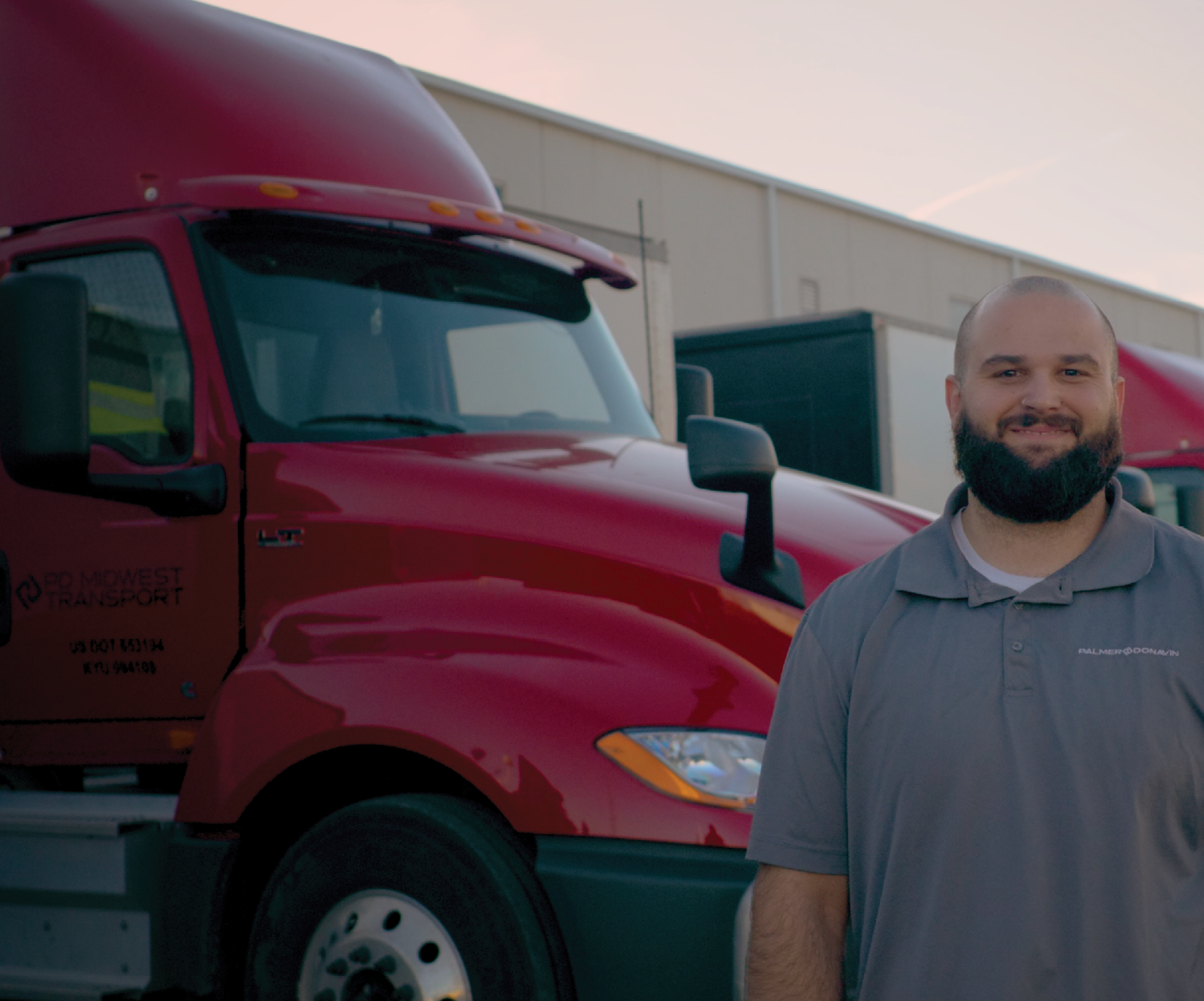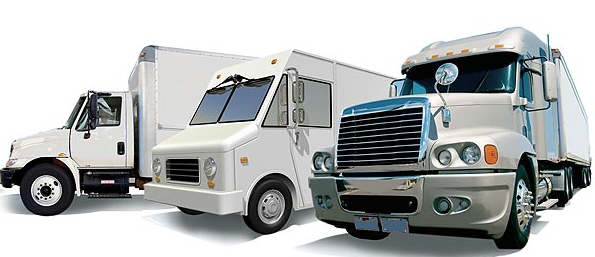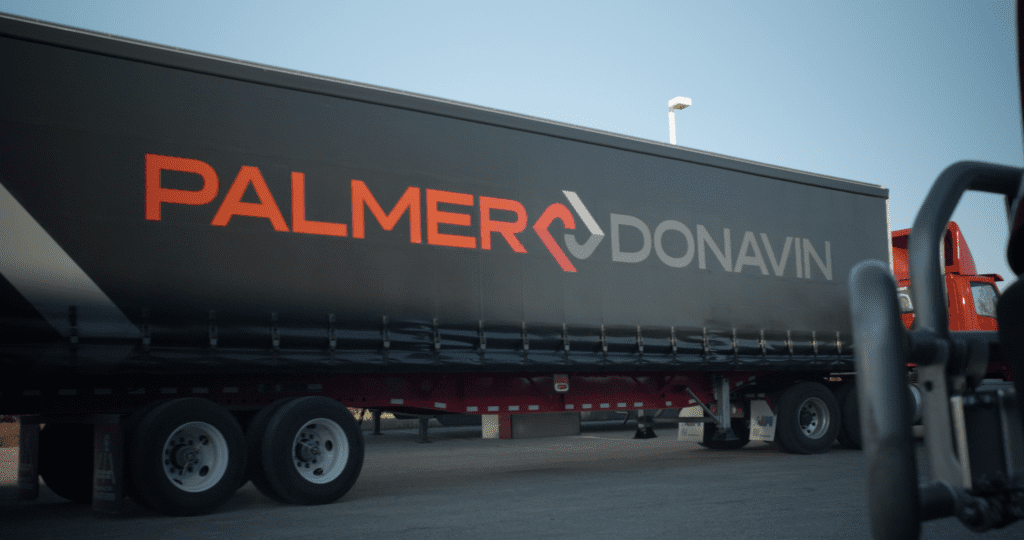Counting the Cost of Fleet Management: Ownership vs. Full Service Leasing

As the impact of COVID-19 continues to reshape our world, distribution companies play a greater role than ever in today’s economy by supplying goods and services to businesses and consumers around the country. To shoulder that added load while keeping costs in check, many companies are evaluating one key issue: Is it better to own or full service lease your fleet?
No one answer will fit every company’s needs. Business demands vary hugely from company to company, so we at Palmer-Donavin turned to the experts at Industrial Fleet Management for some advice. Industrial Fleet Management is an independent consulting firm focused on helping businesses analyze and reduce their fleet costs. Starting with equipment acquisition to maintenance demands, tax implications, equipment disposal, and more, there’s a lot to consider before making the decision—and it’s important that a company carefully considers all factors.
Industrial Fleet Management’s General Manager, Joelle Marr, explains that there’s no right or wrong answer because it all depends on what needs a business has. But it does require careful consideration. “How a company chooses to acquire and maintain its fleet is going to be one of the largest expenses that they deal with as a distribution company,” she said.
Consider the Options
While there are many lease options to be had on fleet equipment, the term “leasing” usually refers to a full service lease. With a full service lease, distribution companies pay set fees to a full service lease vendor—typically per month and per mile—for the cost of the equipment, its maintenance, and a number of other administrative, safety, and regulatory requirements.
In contrast, with owned equipment, such costs and tasks are incurred entirely by the company, demanding staff time to maintain administrative records, handle licensing and permits, coordinate maintenance, properly spec equipment, and stay up to date on regulatory matters. To some, the ease and convenience of an all-inclusive lease option might seem like a no-brainer solution, but Marr says it isn’t so cut and dry.
“With a full service lease you have the benefit of pre-determined costs and ease of budgeting,” Marr said. “But there is a price associated with that. By nature, full service leasing agreements will carry a higher price tag, a result of the added services.
Ownership, on the other hand, may present a lower-cost option for acquisition and maintenance of equipment. However, business owners need to be prepared to handle many fleet administrative tasks in-house and stay ready for unexpected maintenance costs and other non-budgetable variables.
Details and intangibles
Once a suitable cost structure is determined, many other issues and preferences need to be factored in as well. Flexibility is a huge factor, according to Marr. With a full service lease, you are obligated for the full term of the lease. This reduces flexibility in cases of business downturn or other events that result in changing fleet needs. With owned equipment, it is much easier to reduce fleet size or make changes to the mix of equipment in use.
Ownership also allows companies to tailor-match their maintenance program and equipment life cycle to their actual operation. In full service leases, companies sign up for a set term length that may be lower than the actual useful life of the equipment. That commitment can result in the required acquisition of new equipment regardless of whether or not an existing lease truck has run its full useful life. But required transitions can be a big plus for companies that value keeping new equipment on the road with the latest technology and best fuel economy.
Consideration must also be given to handling equipment at the end of its life or lease term. Both options have potential downsides. In ownership, fleet operators bear the responsibility to dispose of equipment as well as the exposure on residual values. With full service leasing, the exposure associated with turn in costs and over-mileage charges can be significant.
Finalizing Your Decision
Whatever option you choose, Marr said negotiation is key. For fleet owners, obtaining the best pricing on equipment and a maintenance program is crucial. For those selecting full service leases, it is critical to establish terms and pricing that are fair to both parties.
Marr said it’s also important to not go with one option based solely on the size of your fleet or company size alone; it’s a multifaceted challenge that requires careful assessment of many factors. Before making any decisions, business owners should consult with their senior staff and independent advisers, such as Industrial Fleet Management, to make sure they’re choosing the best option.
“One of the values that Industrial Fleet Management provides is our exposure to the marketplace,” Marr said. “We evaluate thousands of pieces of equipment every year. A second set of expert, experienced eyes can save a business significant money and assure they are properly protected in their agreements.”
Interested in learning more? Please contact Ryan Hayes: rhayes@industrialfleet.com; or 410-424-0869.








